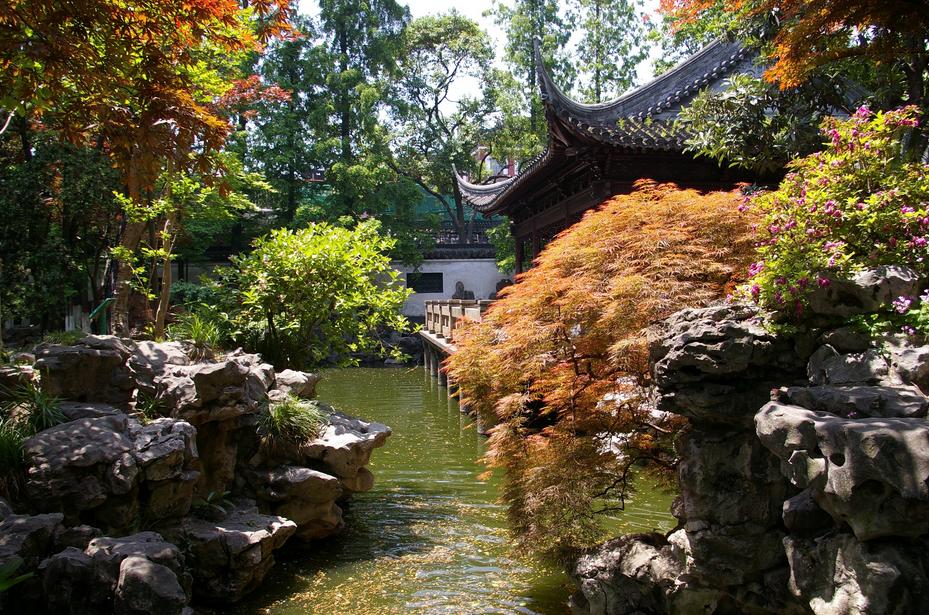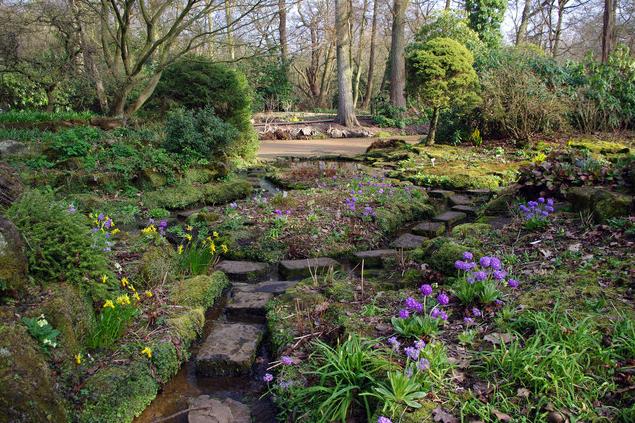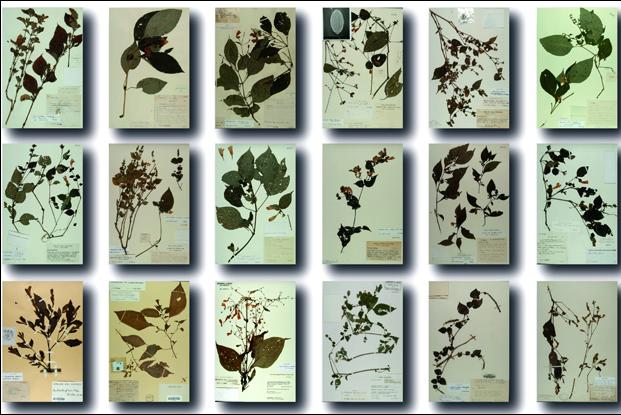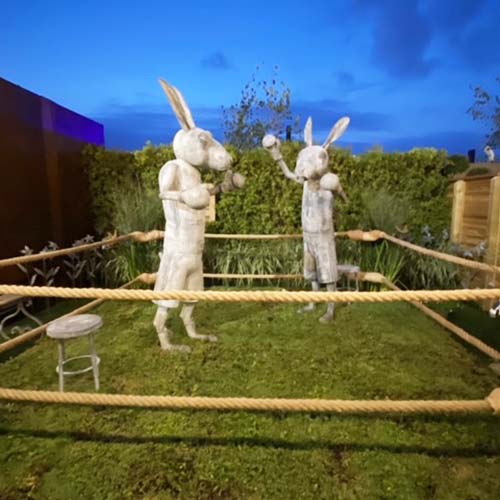Where and why did Rock Gardens first come about in this country?
 Zen Gardens are perhaps the earliest examples of Rock Gardens ...
Zen Gardens are perhaps the earliest examples of Rock Gardens ...Using rocks as a decorative part of a garden can be traced back to early Chinese and Japanese Gardens where they were – and still are – used as symbolic elements of the whole.
However, this is a Winter Garden Spotlight about Rock Gardens in the UK so in terms of history we would be better off starting with the Great Plant Explorers of the 1800’s who first started bringing exotic Alpine Plants from overseas back to the UK.
This ‘rocked’ the British gardening world and started an insatiable desire to successfully grow these amazing new plants in the UK climate.
Then, in 1919, Reginald Farrer published his book, The English Rock Garden in which he focused on ways in which to create large scale naturalistic settings to cultivate the new Alpine Plants that were so popular.
And so the popularity of Rock Gardening was established in the UK …
many of these original Rock Gardens are still going strong today
 Alpine Rock Gardens at Kew Gardens have been established for years ...
Alpine Rock Gardens at Kew Gardens have been established for years ...And today there are a massive variety of styles to be found across the world. Below is a broad general overview of the most popular …
English Rock Gardens …
 The Sandstone Rock Gardens at Winterbourne look great ...
The Sandstone Rock Gardens at Winterbourne look great ...The characteristics here are based around making the garden look natural as close to that you’d find in the original mountain habitats of the plants concerned.
In this way the guidance in Farrer’s book has stood the test of time with the focus being on the plants themselves carefully planted between carefully placed rocks.
The type of plants used are mainly Perennials and Dwarf Conifers although other ideas are explored all the time.
American Style …
The first American rock gardeners were heavily influenced by Farrer but relaxed the rules slightly.
They were also working with different rock meaning their creations turned out differently. And the sheer size of the USA meant that variations on the theme turned up locally across the various different states.
And eventually the Americans got their very own ‘rock god’ in the form of Lincoln Foster who wrote, Rock Gardening: A Guide to Growing Alpines and Other Wildflowers in the American Garden in 1968.
For more information you can also visit The American Rock Garden Society, (NARGS).
 A large variety of perennial plants are used ...
A large variety of perennial plants are used ...Walled Gardens …
This is a more modern variation on the theme but still well worth having a look at.
They fall into two basic categories – Mortared Walls and Dry Stone Walls.
Plants may be planted in old mortared walls where patches of the mortar have fallen off or from the top of the wall with draping plants cascading downwards.
Dry stone walls offer many more opportunities and are considered by many to me the superior option.
Scree and Gravel Gardens …
This is far easier to construct than your classic English or American Rock Gardens and perhaps the closest imitation to the classic Zen Gardens from China and Japan.
Winding pathways can often be seen running through these and rocks themselves are often still used at isolated intervals or arranged in clusters.
The range of plants in Scree/Gravel Gardens is much broader as well in general.
Thinking Outside the box …
There are many great examples of the weird and wonderful side of rock gardening and some great examples can be seen on the dedicated website – Rock Star Plants.
The latest and best ideas for plants to use can be seen at Jeepers Creepers.


